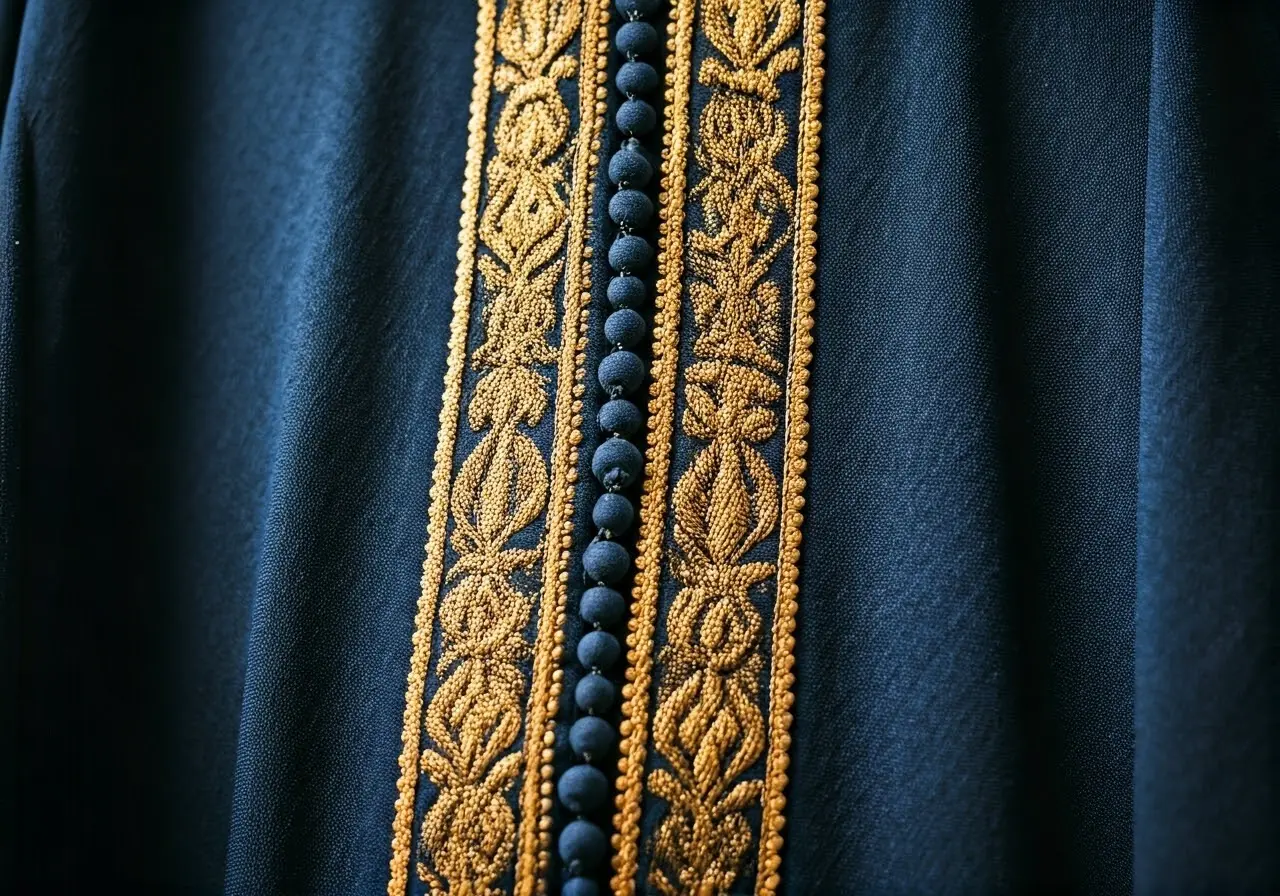The blue thobe is more than just a piece of clothing; it is a vibrant symbol of Palestinian culture and history. Recognized for its intricate embroidery, the blue thobe carries with it stories of tradition and identity that have been passed down through generations. In this blog, we will explore the significance and craftsmanship of the blue thobe, along with its place in modern fashion.
Historical Significance of the Blue Thobe
The blue thobe has a rich history that traces back centuries in Palestinian culture. Traditionally worn by women, these garments are more than just clothing; they carry significant historical and cultural narratives within their threads. Each pattern and color used has symbolic meanings that represent various aspects of Palestinian life and identity.
Wearing a blue thobe was once a common practice, especially in rural communities where each stitch spoke volumes about familial and tribal connections. These garments not only symbolize the wearer’s heritage but also capture the subtleties of communal traditions, including festivals, weddings, and other cultural milestones. Over time, the blue thobe became a signifier of a shared cultural consciousness that resonated deeply with Palestinians.
Interestingly, the choice of blue often signifies fertility and prosperity, aspects that were highly valued by agricultural communities in ancient Palestinian society. It’s fascinating to think how such historical contexts are woven into the very fabric of these garments, reflecting a dialogue between past and present.
Intricate Craftsmanship of Embroidery
Embroidery on the blue thobe is not only a form of art but a labor of love, reflecting the skills and creativity of women artisans. The making of these thobes involves meticulous handwork, where traditional patterns are stitched using vibrant threads. Each thobe tells a unique story, often signifying the region of its origin and the individual story of its wearer.
These intricate works can take weeks, if not months, to complete as they require a deep understanding of symbolic motifs and complex stitching techniques. Through this exquisite craftsmanship, artisans are not only preserving their heritage but also reinventing its appeal for modern tastes. By focusing on high-quality materials and sophisticated designs, these garments elevate traditional dress into special pieces of cultural expression.
Symbolism and Identity
In Palestinian culture, clothing is one way through which people express their identity and heritage. The blue thobe, with its distinct patterns and designs, serves as a powerful symbol of Palestinian identity, reflecting social status, local identity, and personal stories. It stands as a testament to the resilience and enduring spirit of its people.
By wearing the blue thobe, individuals often pay homage to their ancestry, embodying the struggles and triumphs of their forebears. Each design tells a story that resonates at a personal and collective level, symbolizing both unity and diversity within Palestinian communities. This connection between jewelry, embroidery, and clothing in Palestinian architecture reveals how deeply art is embedded in daily life.
The Blue Thobe in Modern Context
While deeply rooted in tradition, the blue thobe has found its place in contemporary fashion, with designers incorporating its elements into modern wearables. This fusion of tradition and modernity not only preserves cultural heritage but also introduces the beauty of Palestinian embroidery to a broader audience, fostering appreciation and understanding across cultures.
Fashion enthusiasts and cultural appreciators can elevate their style with these modern adaptations, which reflect a timeless elegance that blends well with today’s wearable trends. This adaptation provides a platform for people worldwide to engage with Palestinian culture, thereby infusing traditional motifs into global design conversations.
Celebrating Heritage Through Embroidery
The blue thobe remains a significant cultural emblem within Palestinian society. Its intricate designs and deep-rooted symbolism reflect the resilience and creativity of the people who continue to cherish and wear it with pride. Understanding the rich heritage behind this traditional garment not only highlights its artistic value but also connects us to the enduring legacy of Palestinian embroidery.




